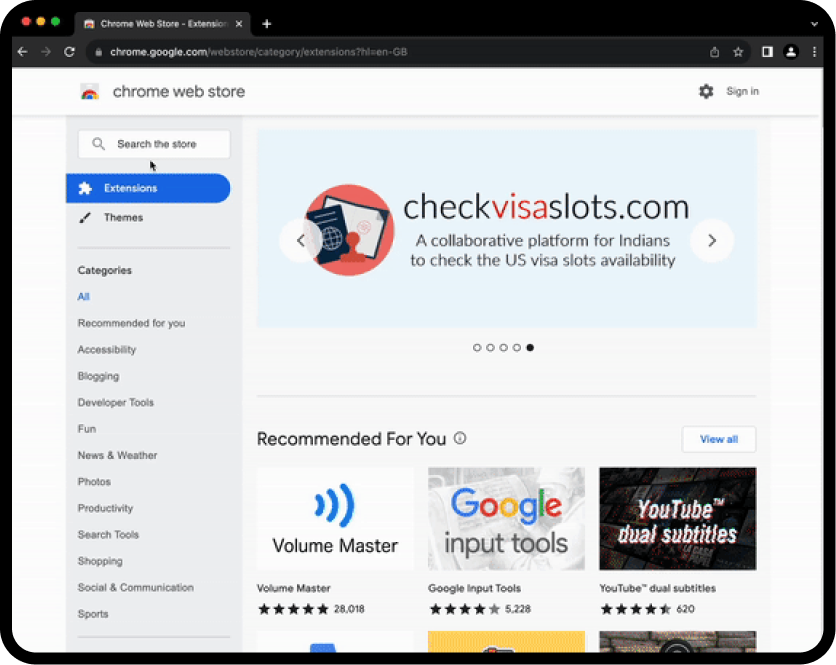Chinese Character to Pinyin Converter
Converts Chinese characters to standard Pinyin quickly, aiding learners and editors with accurate pronunciation guides and consistent romanization across multilingual content.

Check It Yourself
About This Tool
The tool analyzes input text composed of Chinese characters and returns a Pinyin transcription. By default it renders tone marks according to the Hanyu Pinyin standard, but users can opt for numeric tone representations. It handles punctuation and spaces by preserving non-Chinese tokens and appropriate word boundaries when available. The conversion operates primarily on a built-in pronunciation lexicon and established rules for standard characters, applying common-sense disambiguation for polyphonic items. When multiple readings exist, the default is the most frequent pronunciation, with a user-specified override available for precision.
Outputs include the transliterated text and an optional per-character mapping suitable for glossary generation or debugging. Characters without a mapped pronunciation are preserved as-is to avoid data loss. The system supports both Simplified and Traditional Chinese inputs and normalizes them to a consistent Pinyin sequence. It targets learners, editors, and localization teams, providing a dependable phonetic layer without performing translation.
In practice, users provide Chinese text, select tone output mode, and receive a clean Pinyin stream that can be copied or exported. Typical use cases include language-learning apps, subtitling workflows, dictionaries, and multilingual content pipelines. The tool differentiates itself through speed, a compact lexicon, and explicit handling of polyphones to maintain consistency across documents and platforms.
How to Use
Provide inputs: enter Chinese text to be transliterated.
Choose mode: select tone marks or numeric tone representation.
Run or observe instant result: the tool outputs the Pinyin string instantly.
Review outputs: copy, export, or integrate into downstream processes.
Optional: request per-character mapping for glossaries or debugging.

FAQs/Additional Resources
Find Quick Answers
What is Pinyin?
Can I choose tone marks or numbers?
How are polyphonic characters handled?
Does it support both Simplified and Traditional Chinese?
User Reviews
See What Others Are Saying
Explore Related Tools
More Solutions for Your Needs
FB2 to PDF Converter
Converts FB2 ebooks to PDF for readers, researchers, and publishers needing stable formatting, font embedding, and broad compatibility across devices.
FB2 to EPUB Converter
Converts FB2 ebooks to EPUB, preserving metadata, structure, and covers for libraries, publishers, and readers across devices, efficiently batch-ready.
Your Feedback Matters
Help Us to Improve

 Norwegian
Norwegian
 Danish
Danish
 German
German
 English
English
 Spanish
Spanish
 French
French
 Italian
Italian
 Dutch
Dutch
 Portuguese
Portuguese
 Swedish
Swedish
 Hebrew
Hebrew
 Arabic
Arabic









